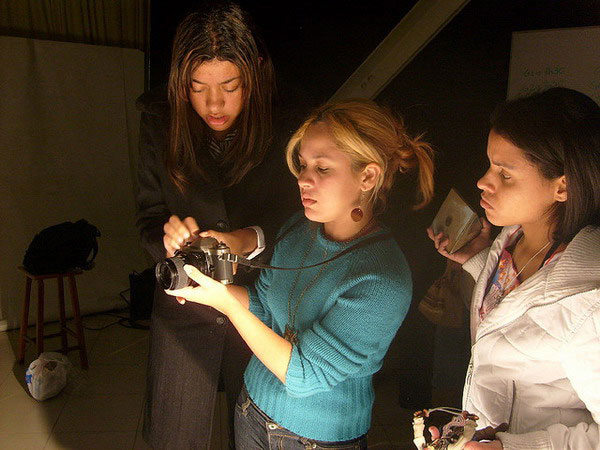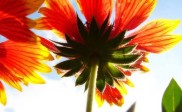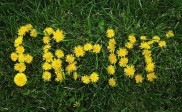3 Ways to Spice up Your Photography Practice
Sometimes it’s easy to get caught up in a whirlwind of monotony and routine even with your photography practice. You may find yourself taking the easy way and shooting the same things each day without seeking to learn new things or to acquire new knowledge and techniques. This is why you should always try to innovate and find new ways to advance your photography. If you get used to a certain routine, your photography talent will stagnate and you will cease to grow as a creative photographer.
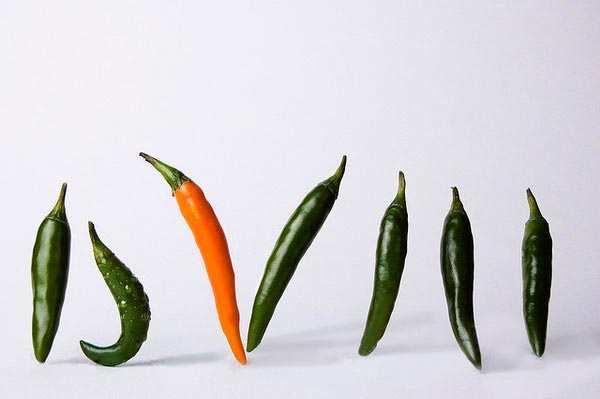
Photo by Sean Rogers1
There are several ways which can give you a new perspective on things and will teach you a few more techniques to add to what you already know. Following are 3 ways that will definitely spice up your photography practice and will also help you on other levels apart from photography.
Lomography:
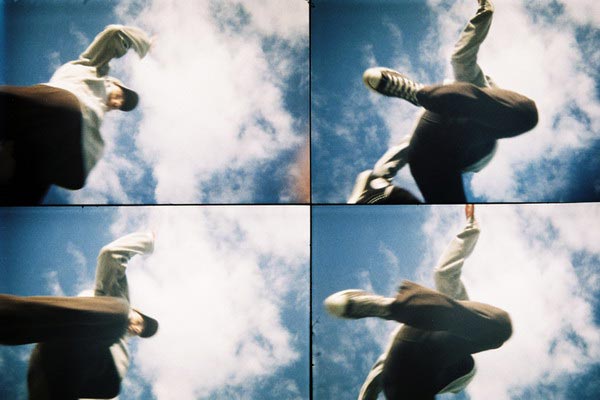
Photo by Yassine Hakimi
Forget your sophisticated DSLR for a few days and grab a plastic camera and have some fun shooting film without worrying too much about the results you will get. That’s basically what lomography is about. It’s a celebration of lo-fi photography, a photography which cuts off with worrying about the tools we use and concentrates on the fun side of photography.
So what is lomography? Behind the name is a brand which sells and promotes the use of plastic and toy cameras and encourages a move back to the film days. But, you don’t need to buy official lomography cameras to be a lomographer, as it’s not only about the cameras; it’s more of a culture and a whole approach to photography. You can find different toy and plastic cameras in garage sales or on the internet for a very cheap price. The most common cameras used as lomography tools are the Holga, Diana and Lomo LC-A cameras. These cameras are as simple as a camera can be, providing only few controls over the exposure. Thus, they liberate you from worrying too much about getting the right exposure and make you concentrate more on what to shoot. There are also many other types of toy cameras featuring different characteristics to capture non conventional photographs. You can get a plastic fisheye camera or an action sampler which captures a sequence of 4 shots in a single frame over an exposure time of approximately 1 second. With all these different cameras you will find yourself in front of a whole new world of photographic experimentation and a fresh perspective on the image making process.
The lomographic society has come up with “ten golden rules” which every lomographer should consider following in order to fully enjoy the lomo experience. These rules evolve around the concepts of shooting without thinking, getting close to your subject, shooting from the hip, and just having fun.
You can find out more about lomography as well as see the work of other lomographers around the world on the Lomography website.
Photo films:
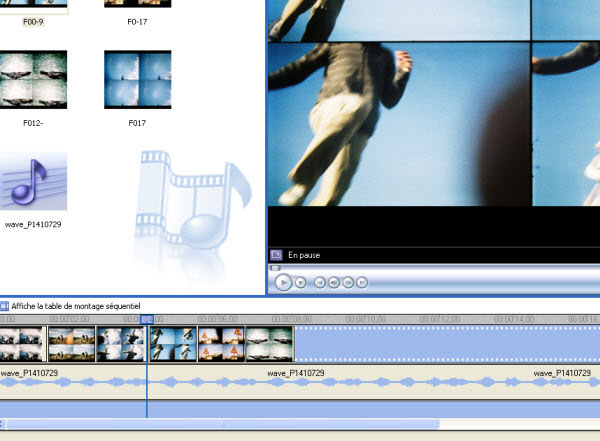
Another way to take your photography a step further and to explore new creative grounds is through the creation of photo films. Photo films are like classic slideshows, but they are not simply a succession of photos played at a certain speed, they are a way to tell a story through photos as well as other media like sound and text. So, creating a photo film involves along with taking photos, the construction of a coherent story supported by sound effects and some writing. You don’t need to be a film editor or a cinema student to create such films, and you don’t also need sophisticated software (although it might help). You can create stunning photo films with tools as basic as windows movie maker. So, first you need to work on writing and perfecting your story. This will enable you to concentrate on what you need to photograph and will make it easier for you to organize your photos afterwards. Then you need some sound effects. These can be some interviews of people in your film, some ambient sounds from the place you were shooting in, or just some music which fits with your story. Finally, you need to put together the photos you captured, the sound you recorded and the text you wrote in order to create a coherent story which will make the viewer connect with it. The exercise can be hard at first but you will get better with practice. Also, consider watching other photo films to get a grip of the elements constituting them. A good place to watch inspiring photo films and essays is the Magnum In Motion blog which showcases work achieved by Magnum photographers. You can also search websites such as YouTube and Vimeo to find different sorts of photo films.
Participatory Photography:
Photo by Letícia Cruz
The third way you can adopt for a new take on your photography practice is more focused on the social and educational implications of photography. Participatory photography puts the photographic medium as a means to achieve educational and social goals. It’s a practice where photography can be used to understand and to explore. You can organize participatory photography projects, if you are a confirmed photographer who wants to share his/her knowledge with other people to help them in different ways. Photography, can be an introspection tool, it can help in overcoming and assimilating hard conditions and works as a healing tool. It can also facilitate the task of learning for people with learning problems. Photography can serve an infinity of purposes if used properly. And this is where the power of participatory photography lies. If you don’t think you are able to organize such a project, you can contact different organizations in your area to ask them for suggestions and help, or you can participate in a project as a learner if you found an opportunity. Participatory photography often puts the camera in the hands of marginalized groups. Groups which are usually the subjects of photos get behind the lens to narrate their realities through the lens and to give the insider perspective on a story.
Finally, there is a documentary about a participatory photography project led by a photographer with children in India, which might get you more interested in such projects. Here is a link to a trailer of the film: Born into Brothels
You can combine one or more of the points discussed above as part of one project. For example, you can use lomography cameras in a participatory photography project because of their low cost, or you can work on producing a photo film for such a project as well.
If you have other ideas which might help in getting a photographer out of the routine of shooting in the same way everyday, don’t hesitate to share it with everyone in the comments section.

